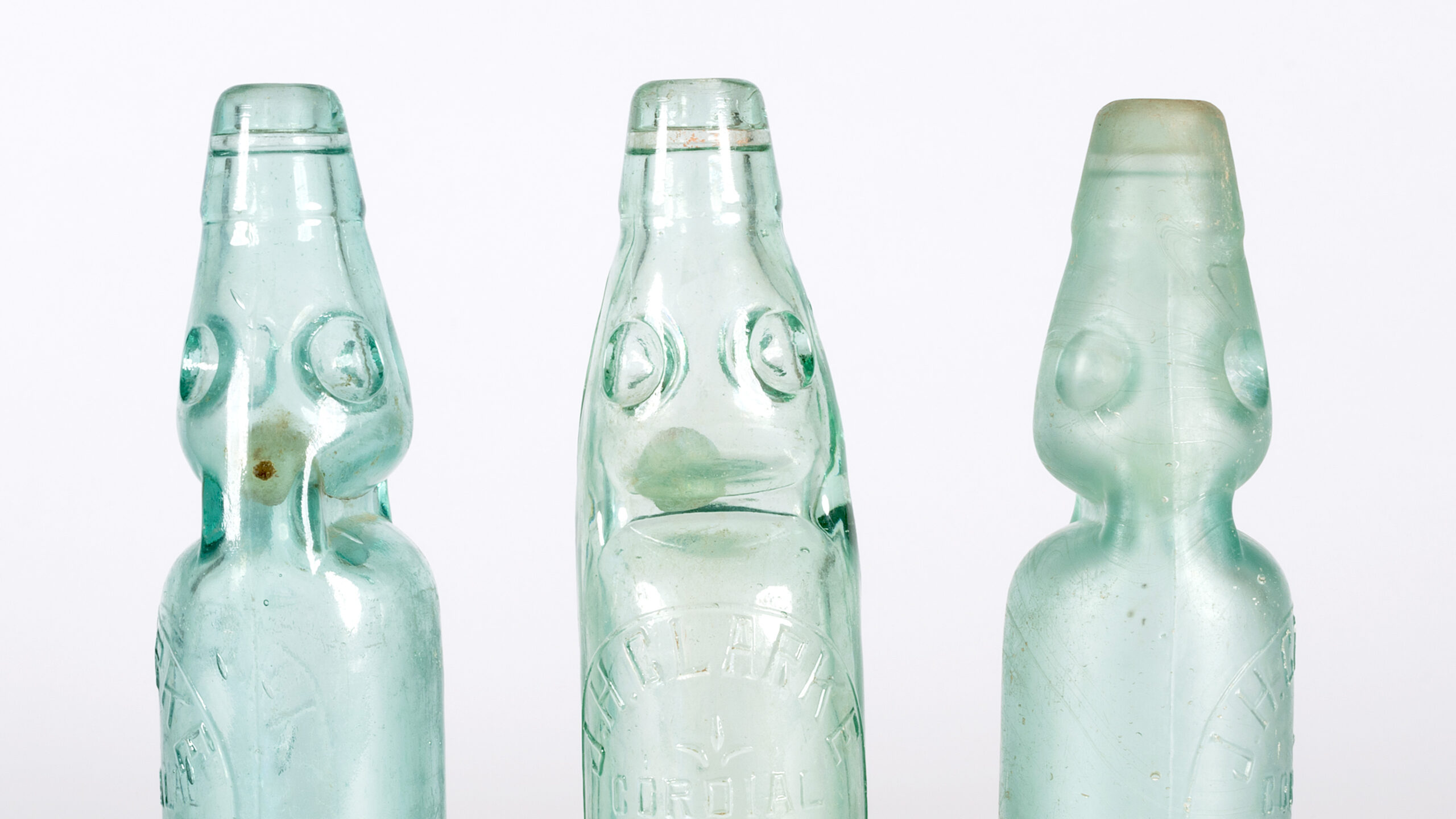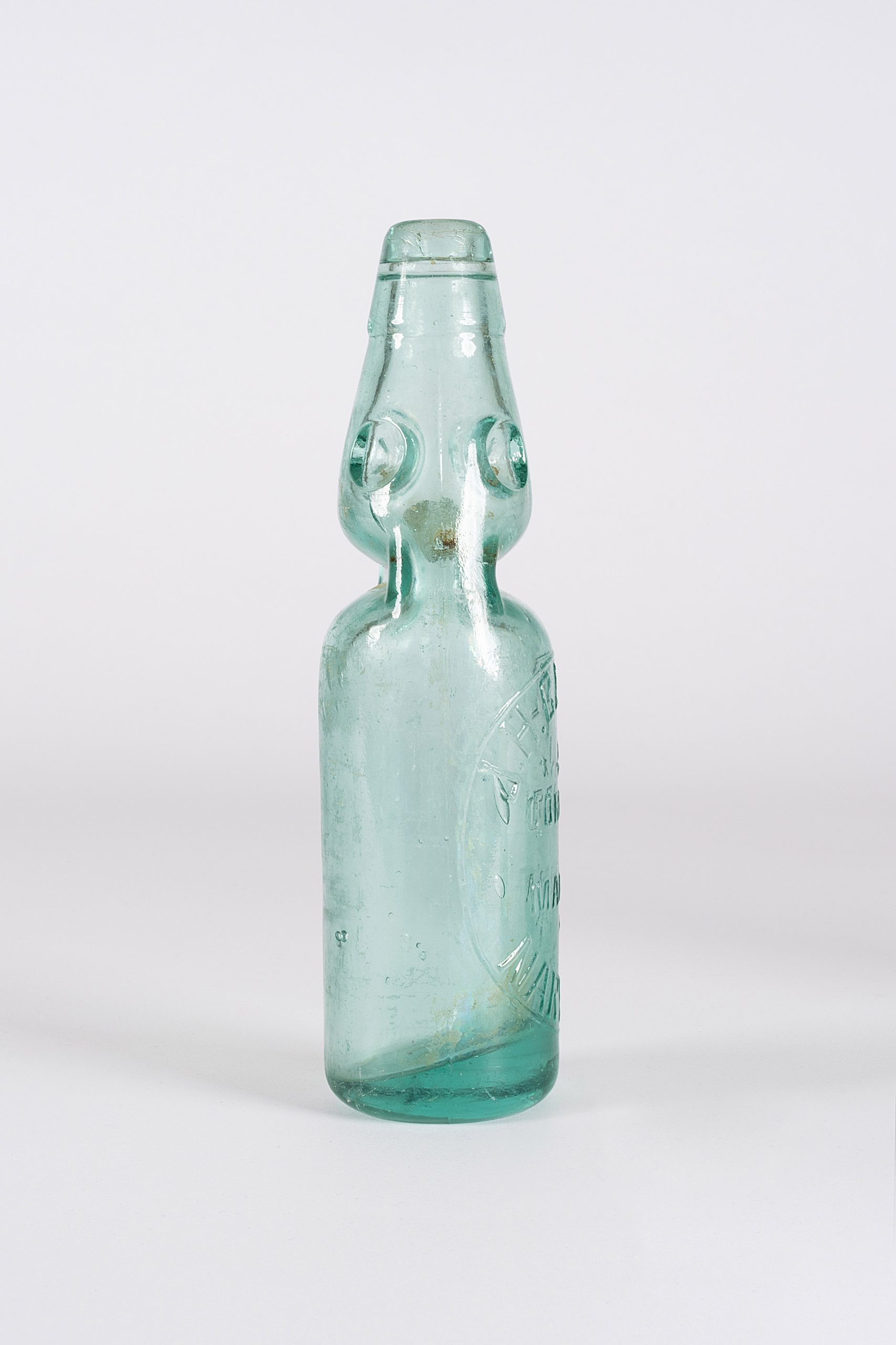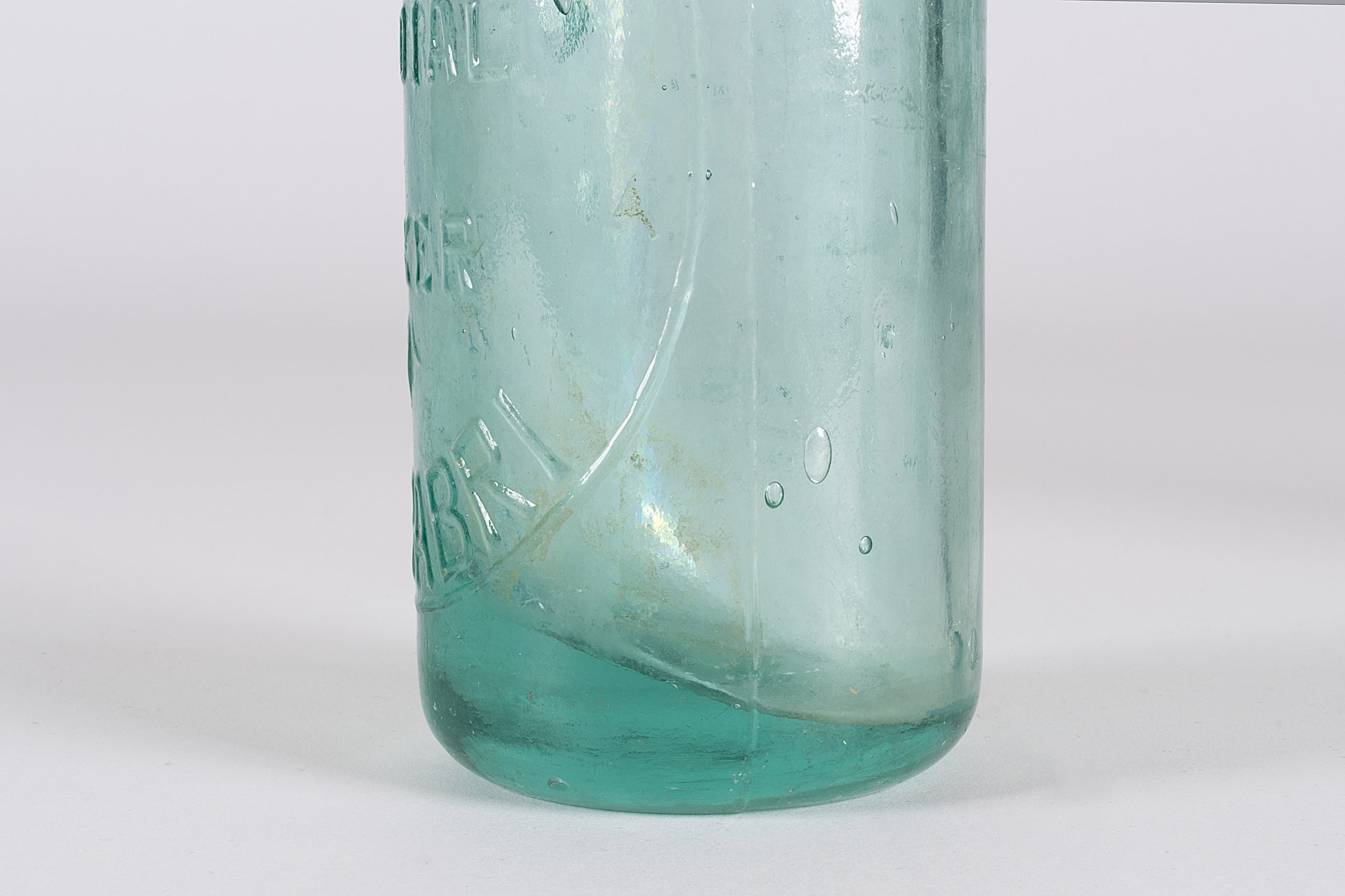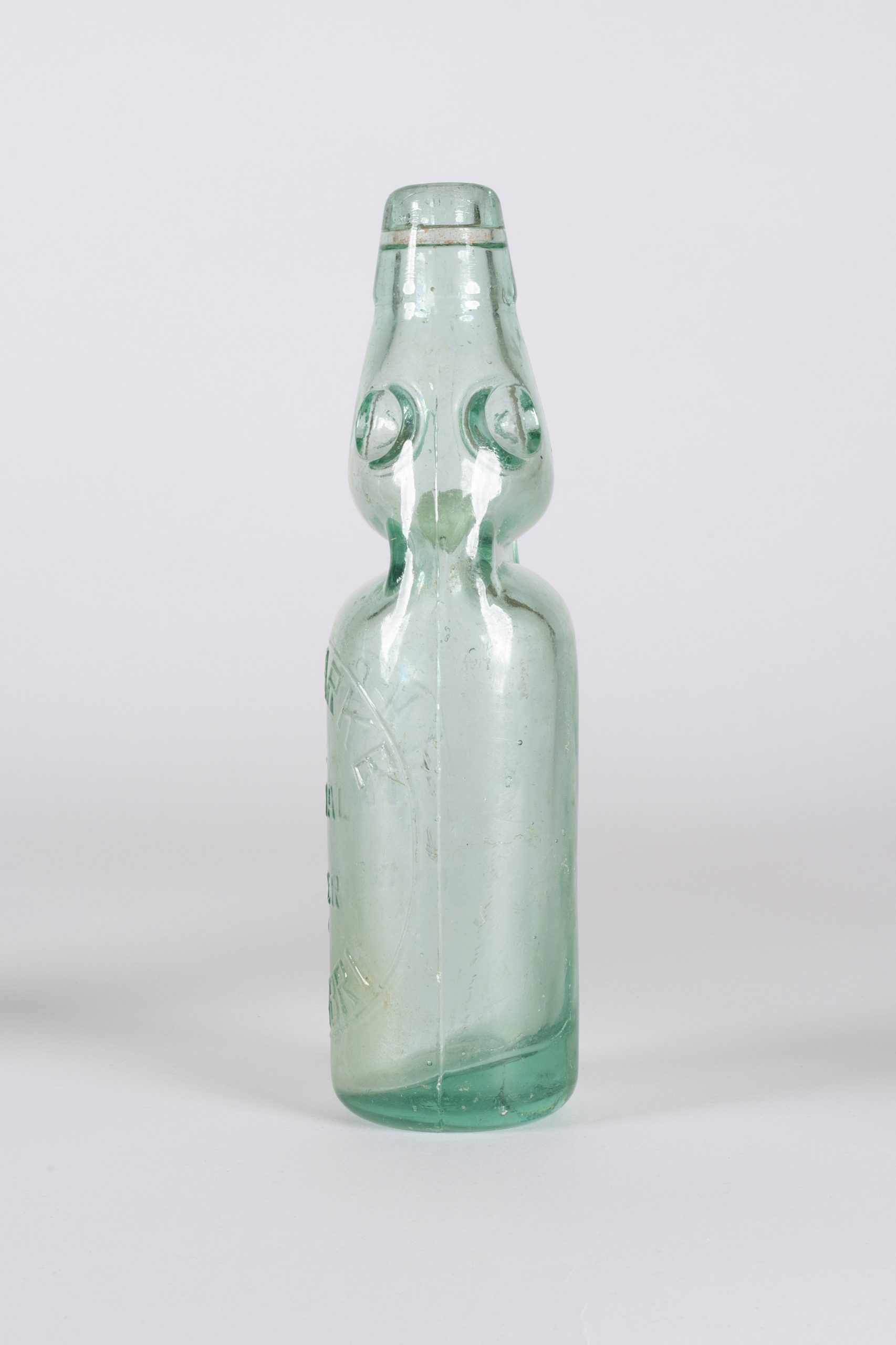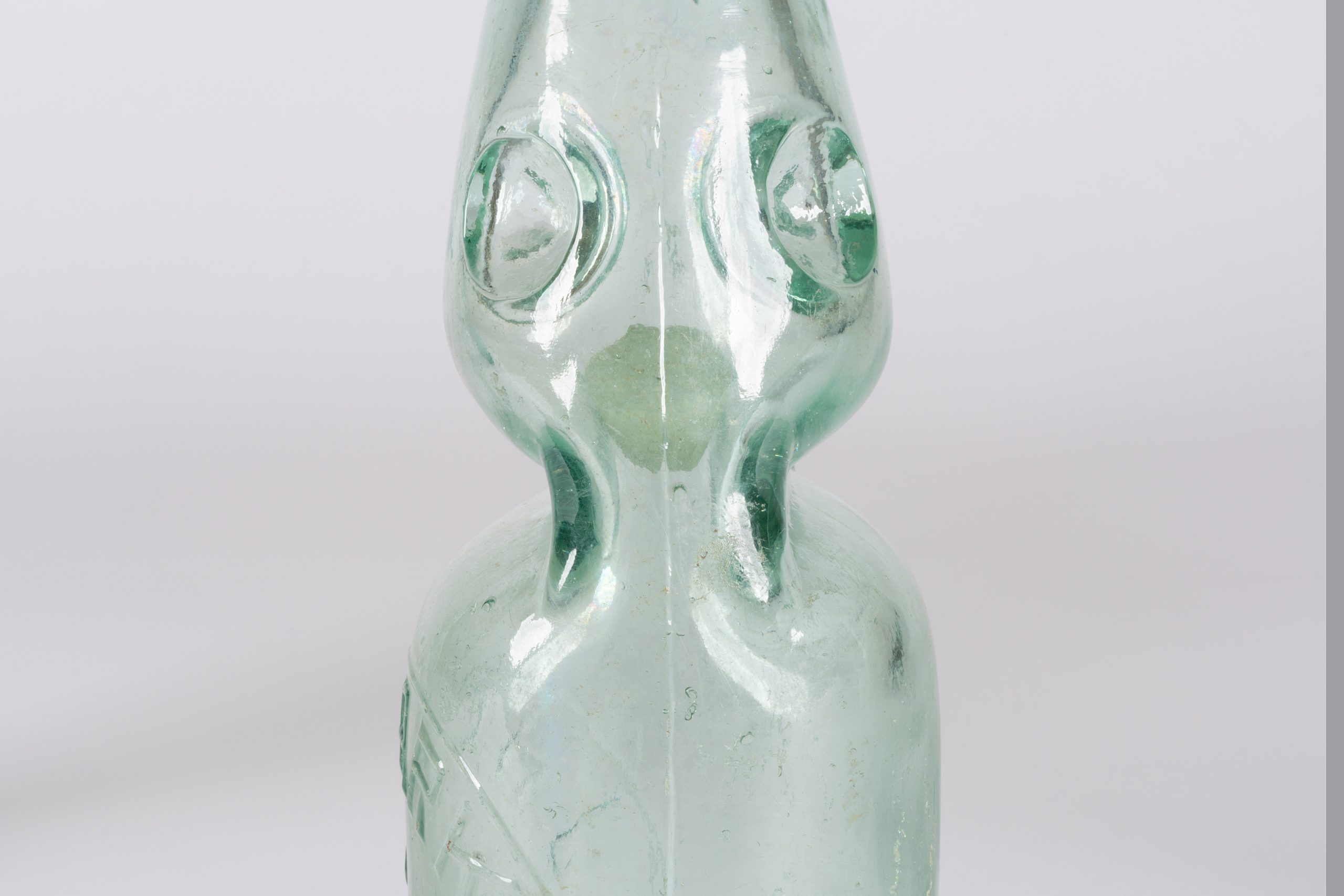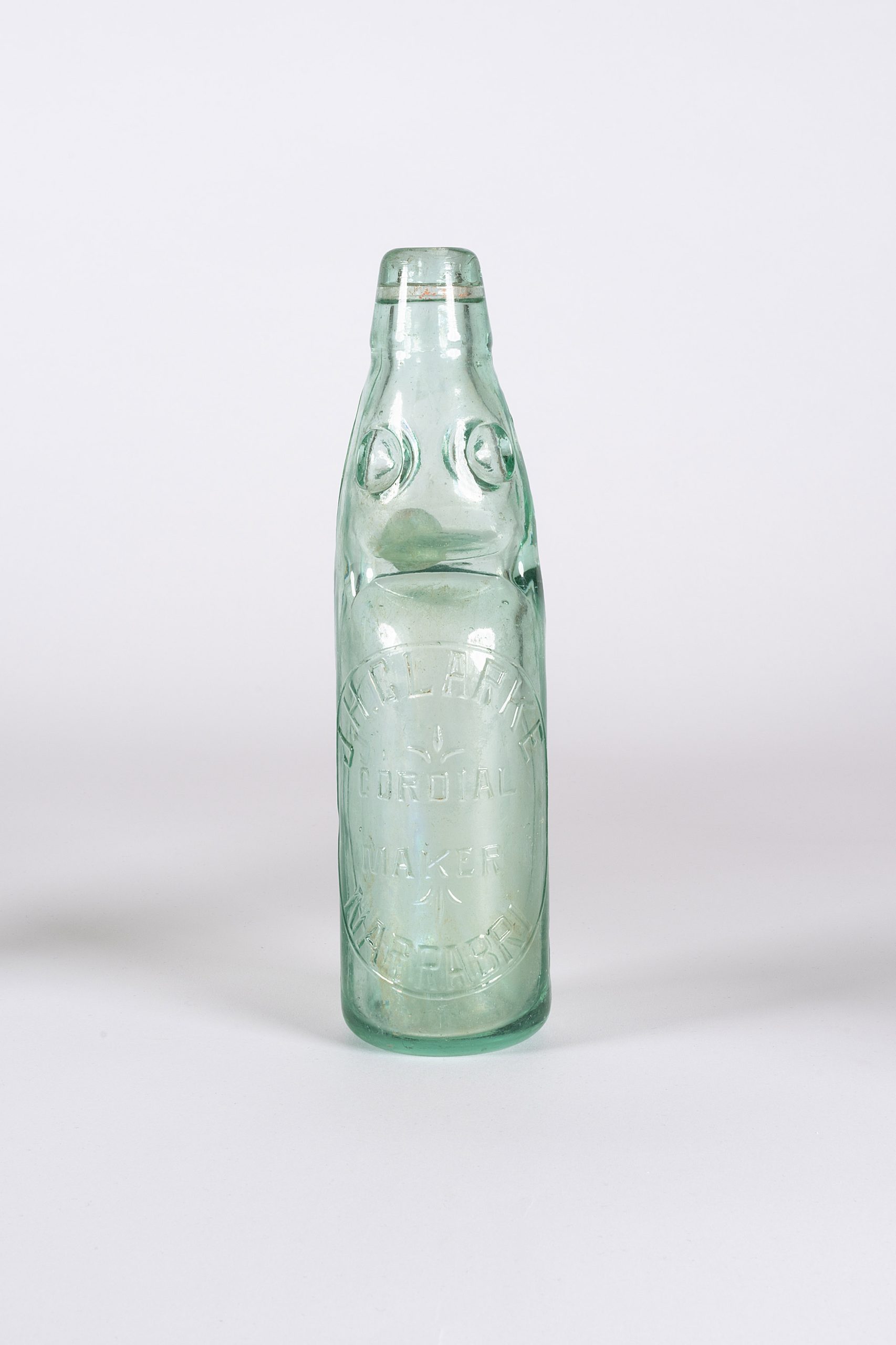Automation Sensation
Industrial Cordial-making in Narrabri
In 1924, there were at least two hundred and thirty cordial manufacturers in NSW alone. James Herbert Clarke (1873-1954) in Narrabri, northern NSW, was one of them.
Bert found his passion for cordial making while working for Edmund Fuss, a chemist turned cordial maker. At the time, cordial factories produced an enormous range of drinks believed to ‘invigorate the heart.’ The drinks included fruit syrups, juices, wine, vinegars and carbonated drinks such as lemonade, ginger beer and cola – though many of these options were understood to be closer to a medicine or tonic than a simple refreshment.
Throughout Bert’s life, cordial making was a booming business. The Australian heat, especially for those in rural and regional areas, certainly seemed like a motivator for those seeking some relief. But there were other factors as well.
Reliable sources of clean water and effective plumbing were not a given at the time, so drinks produced in this way offered a safe option to quench thirst. However, advancements in industrial machinery were what really made it possible for these options to become so widespread.
Refrigerating machinery, automatic carbonators, and automatic syrupers (to name a few) were ways that a cordial factory could increase the amount of product going out the door, lower costs, and keep up with demand.
Industrialisation slowly made technologies affordable enough to be purchased by businesses in regional settings who could then survive on local sales. The variety and availability of cordials turned them from a rarity to a weekly indulgence for the average family.
Bottles, like these Codd-neck bottles owned by Bert’s factory, were also used differently at the time. Rather than being single use, they were returned to the factory so they could be cleaned, refilled, and sent out again. What was once a hand-washing operation – which (at most) could only prepare hundreds of bottles a day – now became machine-automated, making it possible to prepare thousands of bottles in the same timeframe.
The use of these machines certainly came with some risk. Explosions and fires were not uncommon in the early decades as workers became more familiar with how to safely use these new technologies. In 1926, Bert was able to prevent total disaster by calling fire fighters to the ice works which operated beside his factory after an engine exploded overnight. It is unlikely he predicted this choice would open the field for a local competitor, Septimus Faulkner, to purchase the wrecked ice works and resurrect it in the coming years as another local cordial factory.
Despite the competition, Bert remained a successful cordial maker throughout his life. After passing, Bert was remembered as ‘the oldest living cordial maker in the state, [who] continued work up until two days before his death.’


